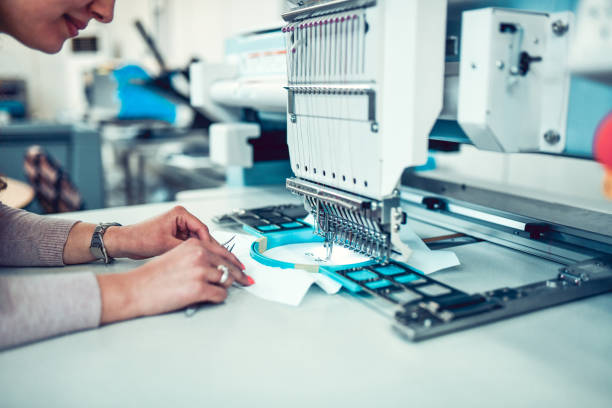Whether you’re trying to save money or just want to give your house and handmade goods a unique feel, printing your labels is a fun and easy method. If you print your labels yourself, you can adjust the dimensions, font, and text to suit your requirements. If you want to print your labels but need help knowing where to start, this comprehensive tutorial will help you every step of the way.
Instructions for Making Your Sticker Labels
Step 1: Determine Your Label Needs
Find out what you need your labels for before you start printing them. Think about the amount, size, and kind of labels you want. Consider the label’s intended use, the surface on which it will be applied, and whether you’ll need special properties like water resistance or peel ability. You can choose the best supplies and printing methods for your project using this data.
Step 2: Gather Your Materials
To print DIY labels, you’ll need a few necessary supplies. These include a desktop or portable computer with design software already installed on it, label sheets or rolls suitable for your printer, a printer with high print quality, and any other instruments that can be necessary, such as scissors or a paper cutter. Ensure that the label size and type you wish to use are compatible with the printer you intend to use.
Step 3: Choose Design Software
When designing labels that have a professional appearance, using the appropriate design software is essential. There is a wide variety of software and websites to choose from, including graphic design applications that are simple to use and online design platforms. Select software appropriate for your degree of expertise and provides the capabilities you want, such as the capacity to input photos, personalize text, and modify label dimensions.
Step 4: Design Your Labels
After you have the design program prepared, it is time to let your imagination run wild and begin creating the labels for your products. Think about your company’s identity, the color palette you want to use, and the layout you like. Include any information that can be required, such as the names of the products, the components, or barcodes. Experiment with different typefaces, logos, and photographs to make aesthetically attractive labels and represent your fashion sense. Consider investing in clear printing labels to ensure the final product looks professional and visually appealing.
Step 5: Test Print
Before proceeding with large-scale label printing, it is crucial to thoroughly review and validate both the design and the printing parameters. A prudent approach involves printing a sample page on regular paper to carefully assess the alignment, colors, and overall appearance of the labels. By examining the output, you can identify any necessary modifications to the design or adjustments to the printer’s settings. This meticulous step is instrumental in ensuring a successful print run, minimizing the risk of wasted label sheets, and achieving the desired results. By carefully fine-tuning the design and printing settings based on the sample, you can proceed with confidence, knowing that the final printed labels will meet your expectations and effectively convey your brand identity.
Step 6: Load Label Sheets and Print
When you are satisfied with your design and the settings, you should feed the label sheets into your printer per the instructions provided by the manufacturer. Pay close attention to the suggested paper’s orientation, as well as the correct alignment of the label sheets. Beginning with a small batch will allow you to check that everything prints out properly. If you plan to use label rolls, be sure to load them and print them according to the instructions supplied.
Step 7: Trim and Apply Labels
Carefully cut the labels to size after printing using scissors or a paper cutter. Keep everything neat and straight for an expert look. Remove the labels from their backing and stick them anywhere, whether on the product’s box, an envelope, or a container. Remove any creases or air bubbles for a polished look.
Step 8: Store and Organize
If you have any leftover labels, you should keep them correctly to preserve their quality. Store them in a cool and dry location, away from any sources of moisture or direct sunlight. Think about utilizing label organizers or storage containers to keep your labels neatly arranged and readily available for when you need them in the future.
Conclusion
You can express your individuality and put your spin on things by printing your labels. Whether printing labels for personal use or on a small scale, this tutorial will have you up and running quickly. Before committing to a large print run, evaluating your label requirements, acquiring the appropriate supplies, choosing the appropriate design software, and testing your prints are important. If you put in the time and effort, you’ll be able to make labels that appear as if an expert made them and add a polished touch to your work. DIY labels are easy to make, so let your creativity run wild.








